From Madrid to Kazan
On April 2, on the hot days of the war unleashed by Azerbaijan, one official statement by Yerevan seemed to be slipping attention. RA Foreign Ministry spokesperson Tigran Balayan noted that the Kazan document is on the table. This, essentially, was the response to Russian Foreign Minister Sergei Lavrov’s statement made in Baku during those days that Russia has proposals on Nagorno-Karabakh conflict settlement. “We have proposals, which we are trying to practice more actively jointly with the co-chairs for reaching an agreement between Azerbaijan and Armenia. I hope that we will be successful to draw attention on these issues in the mid- and long-term prospect,” Lavrov said. Foreign Minister Elmar Mammadyarov noted that Azerbaijan is seriously working on Lavrov’s proposals made last year.
Since 2007, it has been repeatedly mentioned that the co-chairs have presented the parties additional versions of the Madrid Principles. And in June 2011, prior to Kazan meeting, it was announced that on March 5 of given year, one version was presented in Sochi, to which the parties have given verbal consent.
What was the Kazan document about, for the adoption of which the mediator countries were cherishing hope for a long time. To understand it, we need to review the document called the Madrid principles which were presented to the parties to the conflict in 2007 November in Madrid, at the OSCE Foreign Ministers meeting, it was published in the Armenian press, particularly in “Haykakan Zhamanak” daily newspaper in June 2011.
Read also
The “Madrid Principles” is the conventional name for the Basic principles of Nagorno-Karabakh conflict settlement. The Basic principles were presented to the foreign ministers of Armenia and Azerbaijan on November 29, 2007, in Madrid. The principle kept secret for nearly a year and a half underwent some changes, and eventually, on July 10, 2009, in the G-8 Summit in Aquila, the presidents of OSCE co-chairing countries – the US, Russia and France, for the first time officially published the updated version of the “Madrid principles”, in parts. Later, on June 26, 2010, at the G-8 Summit in Muskoka (Canada), the tri-chairs again briefly presented the mentioned principles by calling on the presidents of Armenia and Azerbaijan to make one more step and finalize the works on the Basic principles and pass to the elaboration of the draft on Peace Agreement. In May 26, 2011, at the G-8 summit in Deauville, the tri-chairs issued one more joint statement on Nagorno-Karabakh urging the presidents of Armenia and Azerbaijan to demonstrate a political will and to finish the works on the Basic principles at the tripartite meeting of the presidents of Armenia, Azerbaijan and Russia held in Kazan on June 25.
Thus, on November 29, 2007, the Basic principles for a peaceful settlement of Nagorno-Karabakh conflict presented in Madrid are as follows:
1) The final legal status of NK will be determined through a plebiscite allowing the free and genuine expression of the will of the population of NK. The modalities and timing of this plebiscite will be agreed by the parties through future negotiations. The population of NK is understood as the population of all ethnicities living in NK in 1988, in the same ethnic proportions as before the outbreak of the conflict. The formulation of the question or questions to be asked in the plebiscite should not be limited.
2) During the interim period until the determination of the final legal status of NK, its inhabitants will enjoy certain rights and privileges to be specified in the Peace Agreement, in accordance with the guidelines below:
– The inhabitants of NK will have the right to protect and control their political and economic viability and security within a democratic society committed to the rule of law.
– The inhabitants of NK will have the right to elect officials to govern NK during the interim period. These officials will exercise legislative and executive power over the internal affairs of NK, as well as provide for the establishment and maintenance of courts of law to administer justice. These officials will also be able to organize elections under the specified Peace Agreement.
– The interim authorities of NK will be allowed observer status in the OSCE for those sessions in which issues directly related to NK are discussed. They will also have the right to seek membership in international organizations for which statehood is not a precondition.
– The inhabitants of NK will be entitled to receive aid from foreign counties and international donor organization.
3) Armenian forces shall redeploy from all the territories adjacent to former NKAO
– Armenian troops shall redeploy from Kelbajar district, with the exception of a remaining limited contingent stationed in an agreed area stipulated in the Peace Agreement.
– Kelbajar district shall be placed under transitional international monitoring by an OSCE commission that will include Armenian and Azerbaijani representatives. During the transitional international monitoring of Kelbajar district, Armenian settlers shall be encouraged, with the assistance of the IC, to depart from Kelbajar district.
– Azerbaijani IDPs will be allowed to return to Kelbajar district after signing of the Peace Agreement.
4) A corridor of an agreed width will link NK to Armenia. Until the determination of the final legal status of NK, this corridor will be maintained by the NK interim authorities under the conditions of the status quo prevailing when the Peace Agreement enters into force. After the determination of the final legal status of NK, the functioning of the corridor will be regulated taking into account NK’s final status.
5) All internally displaced persons and refugees from the conflict-affected areas will have a right to return on a voluntary basis, as soon as the Office of the U. N. High Commissioner for Refugees has determined that conditions are appropriate, in the places of their former residence according to provisions to be specified in the Peace Agreement. All persons who have returned to their places of former residence will enjoy human rights and fundamental freedoms without discrimination of any kind. Inter-communal coexistence will be prompted by the parties with the support of the international community to reduce tension and normalize economic, political, and social life among ethnic Armenians and Azerbaijanis.
6) All international peacekeeping operations will be deployed immediately after entry into force of the Peace Agreement to monitor the Armenian redeployment and the demilitarization of evacuated areas. PKF units shall be drawn from nations that volunteer troops. The selection of troops for the PKF shall be done by the parties by mutual consent. Each party has the right to veto the other’s choice.
This document has also conclusion where apart for the final evaluations, it is noted that the Basic principles envisage formation of 4 Commission. The first one shall work on “The details for the implementation of the plebiscite”, the second one shall clarify the “Future status of the corridor”, the third one shall develop “The complete transmission of Kelbajar region to Azerbaijan” and the fourth one shall discuss “The additional issues related to the implementation of the Basic Principles.”
Emma GABRIELYAN

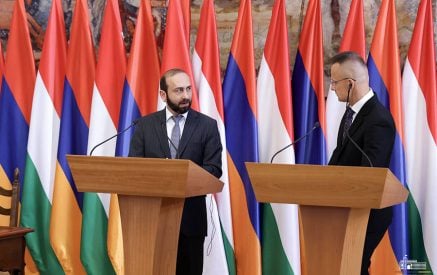

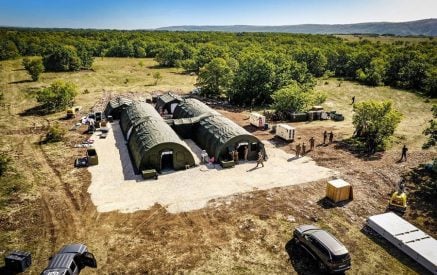
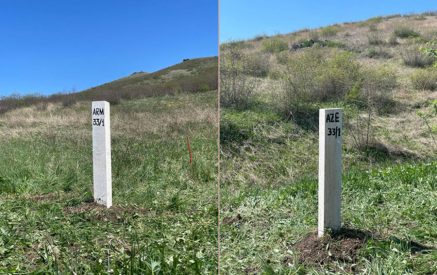
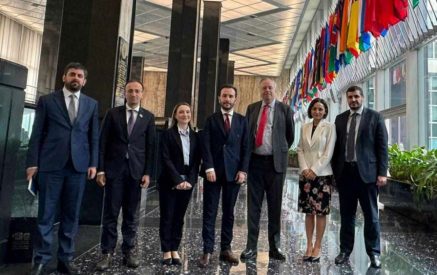

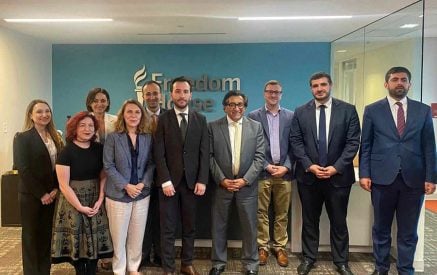

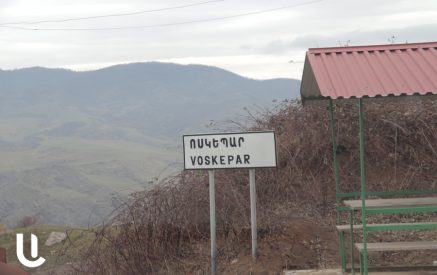
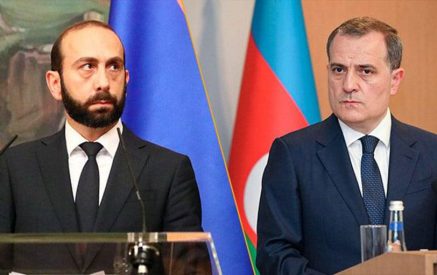


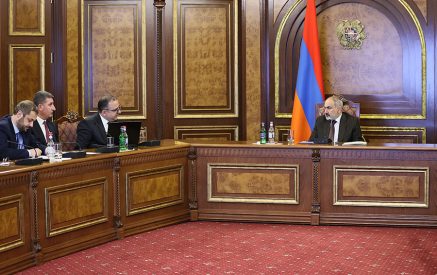
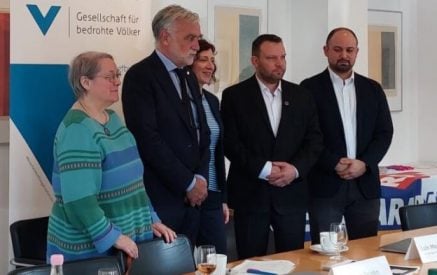

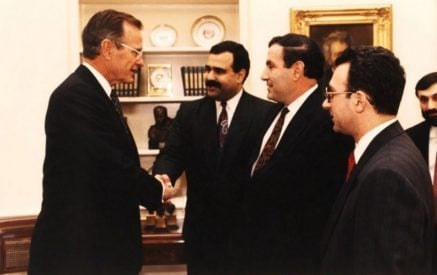

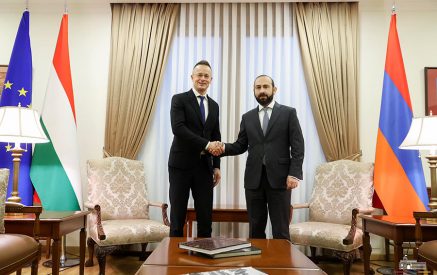


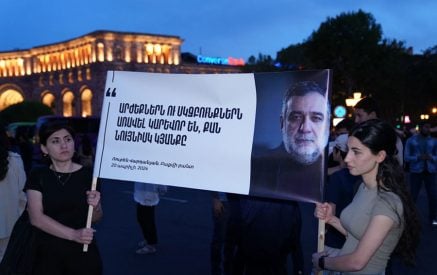

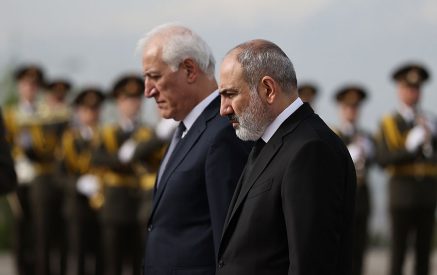



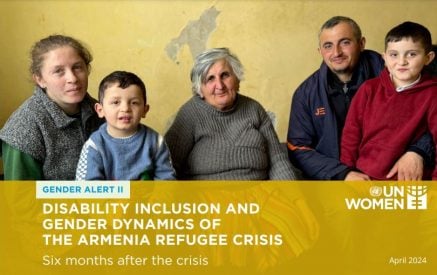
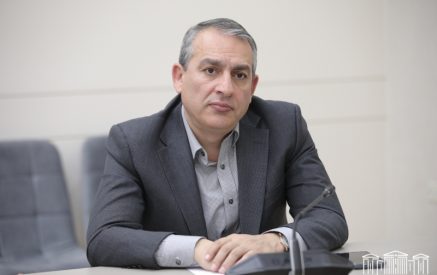



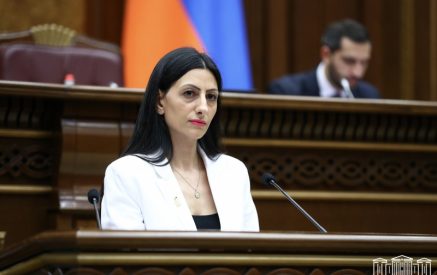
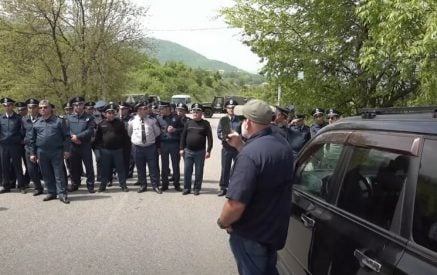
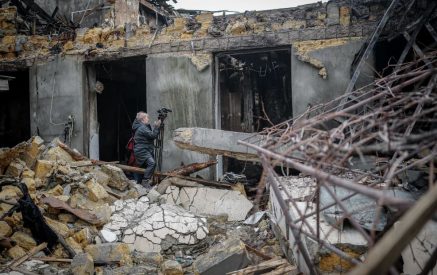
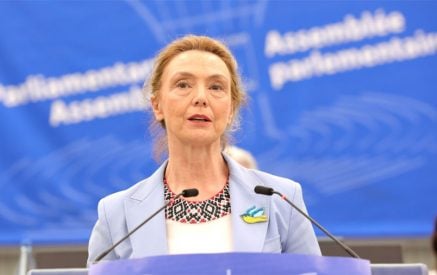


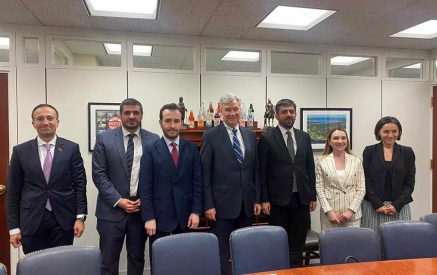
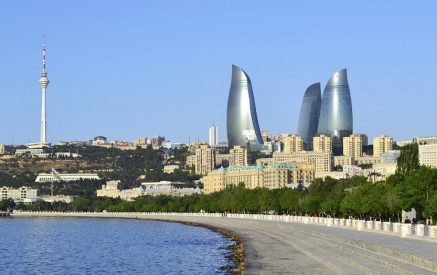

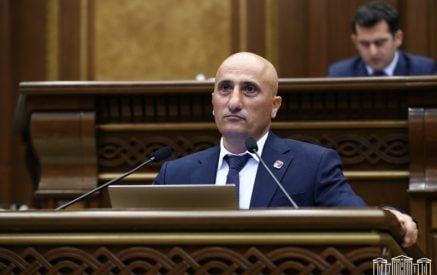

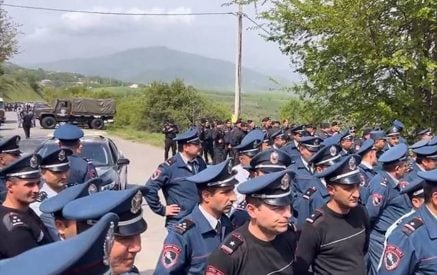
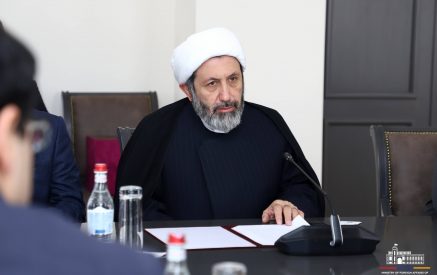

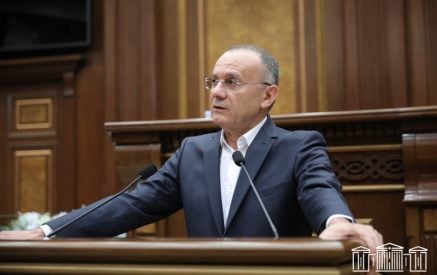
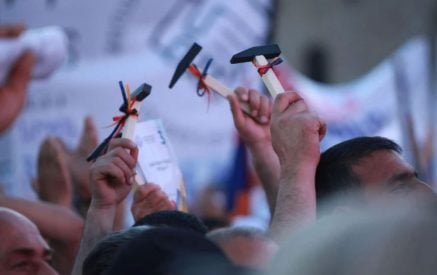
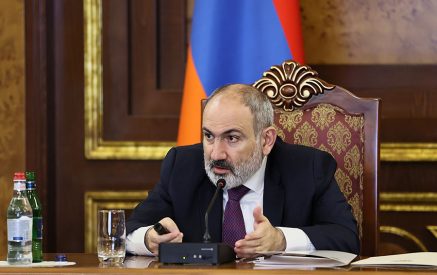
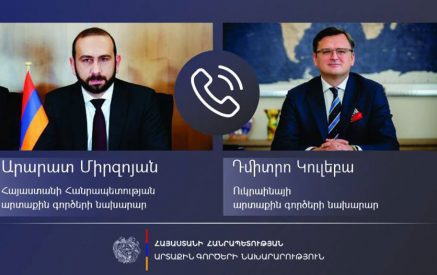

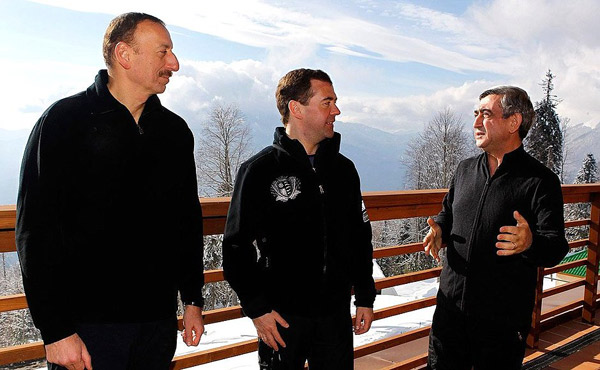
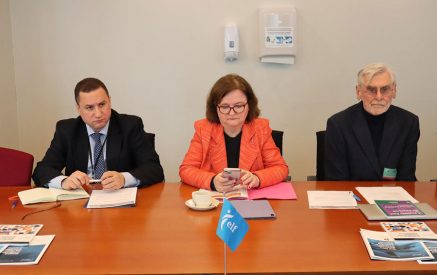
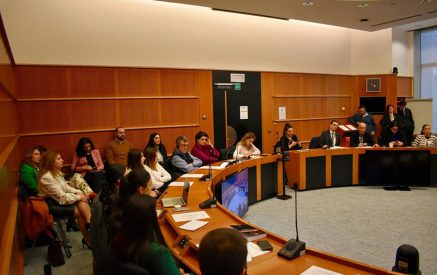
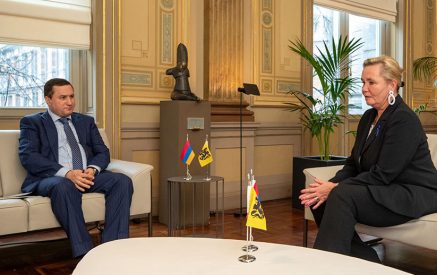
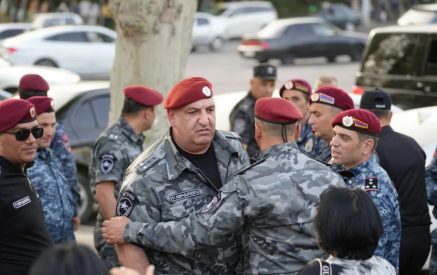



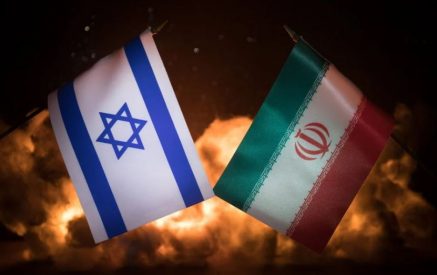
Nice response in return of this difficulty with genuine arguments
and telling the whole thing concerning that.